The New South Wales Government has announced AKIN as the winning design team in its Barangaroo Harbour Park Design Competition. This project will transform an empty concrete slab into a regenerated natural retreat on the edge of Sydney Harbour.
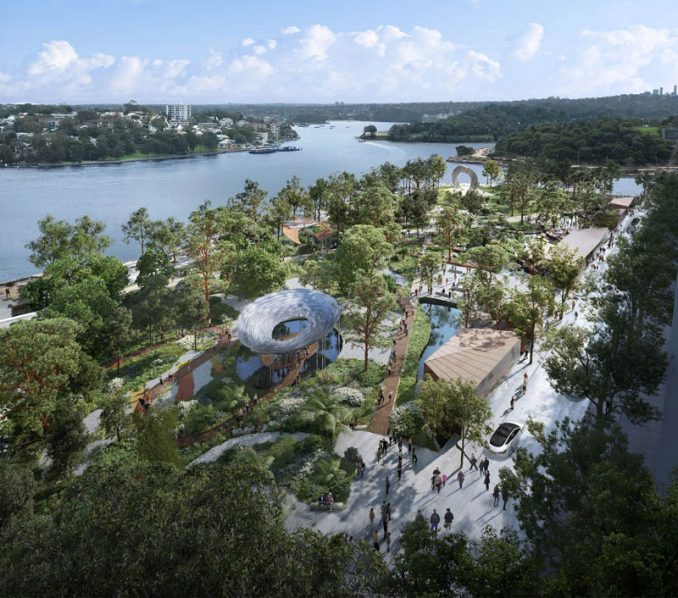
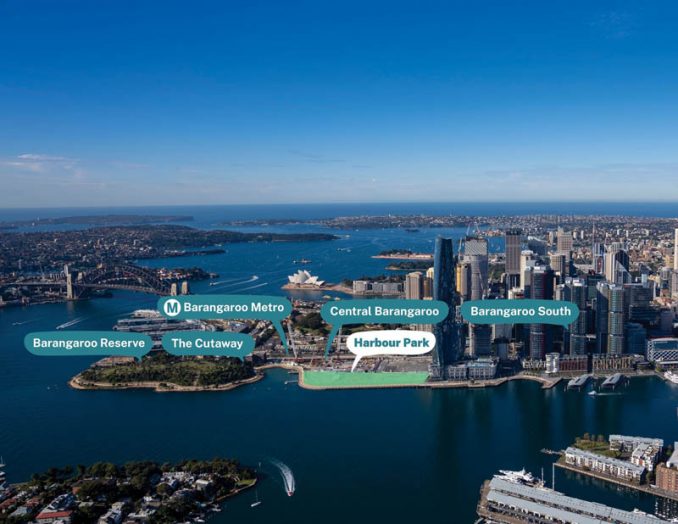
AKIN is a First Nations-led and Sydney-based team comprising Yerrabingin, Architectus, Flying Fish Blue, Jacob Nash Design, Studio Chris Fox, and Arup. The group includes leading thinkers and designers in Indigenous knowledge systems, landscape architecture, architecture, regenerative design, public art, and placemaking.
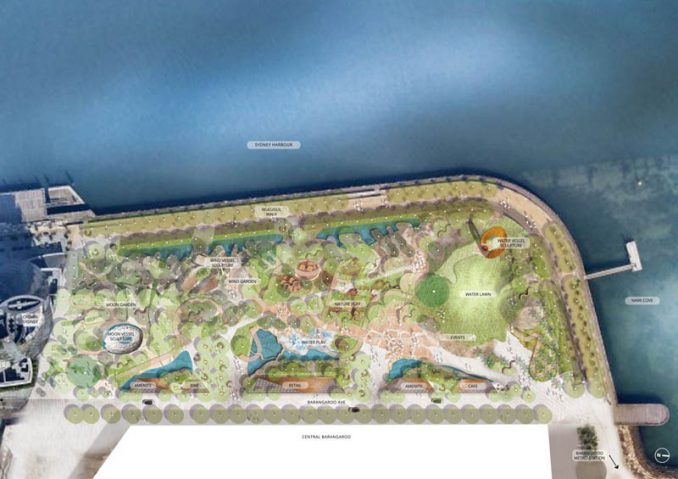
AKIN won the two-stage design competition for Barangaroo Harbour Park, which included four other shortlisted teams, including Angelo Candalepas and Associates + Teresa Moller Landscape Studio; ASPECT Studios with Bangawarra, Brook Andrew and Collins and Turner; OCULUS, DS+R, COLA Studio, Jiwah, Barbara Flynn and Yhonnie Scarce; PWP Landscape Architecture + CLOUSTON Associates.
Working alongside Infrastructure NSW, AKIN is set to reshape 1.85 hectares of reclaimed land in the heart of Central Barangaroo. Served by a new Sydney Metro station, ferry wharves, and pedestrian links, the new landscape will host public events and entertainment. At the same time, shops, restaurants, apartments, and offices will emerge around its edges.
Named after the Cammeraygal woman and influential leader of the Eora Nation, Barangaroo has more than 7,000 years of history and stories to tell. The land’s Traditional Custodians, the Gadigal, used the area for hunting, fishing, canoeing, and swimming, while its foreshore was a gathering place.
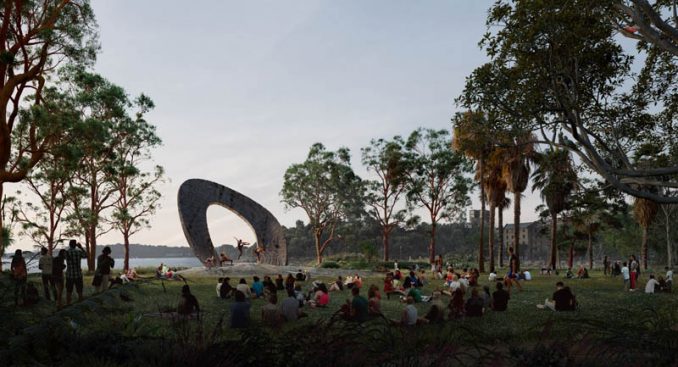
The awe-inspiring design honours the long and deep First Nations history of the Gadigal, while leaving a legacy for the future. It showcases First Nations design methodologies to create a place rich in culture and deeply connected to Country. Country-centered design initiatives will support regenerative ecology and natural systems, drawing insects, birds, and other fauna. A landscape of local, native plantings will speak directly of place, with tree species such as Sydney Red Gum, Casuarina and Cabbage Tree Palm featuring prominently, along with various endemic grasses.
Water will also play a vital role in the new parkland, with runoff collected and filtered through the landscape before being returned to the Harbour in better condition.
The design for Barangaroo Harbour Park incorporates significant public artworks revolving around the natural elements of water, wind, and moon, referred to as ‘vessels’ by AKIN. The elements all have special significance in Indigenous knowledge systems.
The water vessel will form a connection point to the Harbour and a place for gathering and ceremony. Constructed from timber, it will reference pre-settlement campfires that burned along the Harbour and Sydney’s shared contemporary history. The piece will also frame Me-Mel Island (Goat Island), a physical and cultural landmark for Traditional Custodians.
Suspended in the windiest corner of the park, the wind vessel will symbolically ‘collect’ the people who pass through it. It will give a ‘voice’ to whispering winds coming into Barangaroo from the west each morning, sharing stories, songs and language with all the park’s visitors.
The elevated moon vessel will capture the moon’s movement across the sky by featuring an oculus and a reflective, lined underside echoing tidal lines in the Harbour. The west-facing site is a landscape of longing that never sees a dawn – an ever-present reminder of time as the sun and moon are always transiting away from this place.
In addition to the public artwork, Barangaroo Harbour Park will provide open space for up to 6,000 people to gather, with benches, paths, a kiosk, and other amenities adding to the park’s diverse appeal.
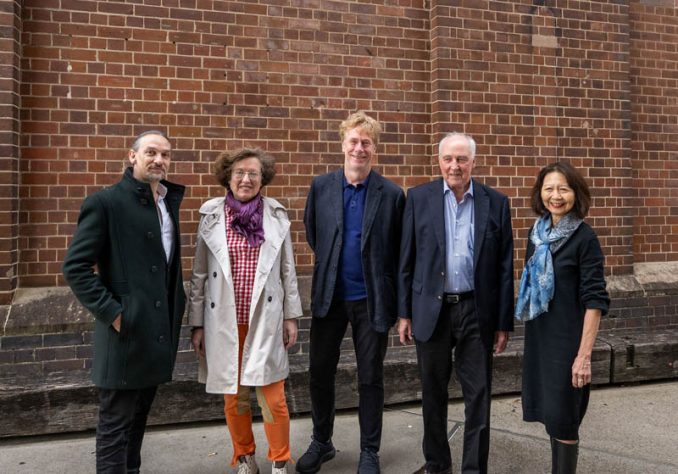
The Jury commends the winning Submission as a compelling response authored by a truly collaborative team who supports the ambition of a conceptual idea. The landscape architecture is characterised by a single idea for the ground plane and canopy surface across the site, enabling a sense of balance in the spaces created. The Submission provides consideration of a different way of looking to the future of landscape architecture in Australia…..
Jury -From left to right: Jefa Greenaway, Catherine Mosbach, Ivan Harbour, the Hon. Paul Keating and Oi Choong. Image Credit: Infrastructure NSW
Now the winning design has been selected for Barangaroo Harbour Park, and the team will consult with the community to refine and finalise the design and begin planning and procurement processes.
